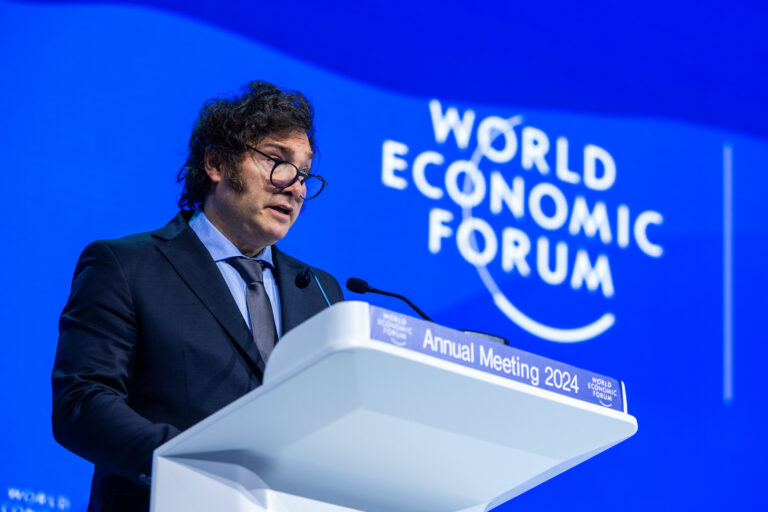Where Are Russia’s Babies?
The population crisis in Russia is so severe that it is increasingly getting attention, from politicians within Russia as well as from the international media. The BBC recently reported that the birthrate in Russia is half of what it was before the fall of communism. In addition, death rates have risen significantly; the average male lifespan in Western Europe is 73 years, in Russia the average man only lives 59 years. Since the collapse of the Soviet Union, Russia’s population has declined by 3.3 million people, leaving the total population at 145 million. The British Observer calls this an “unprecedented decline for an industrialized nation in peacetime.”
The causes of Russia‘s demographic drop are numerous. The most critical problem remains that 70% of pregnancies in Russia end in abortion. Of the children that do survive until birth, only one baby in ten is born healthy. Along with diseases like AIDS and tuberculosis, alcohol is a major contributing factor to the high death rate among Russian men. In fact, alcohol is involved in two-thirds of the deaths of men under 55. Mikko Vienonen, head of the World Health Organisation in Russia, stated that the demographic crisis is no surprise, given that “a bottle of vodka costs the same as a kilo of apples, milk is more expensive than beer, and a pack of cigarettes is cheaper than chewing gum.”
Russian President Vladimir Putin is deeply concerned about the decline. He recently stated that “in 15 years’ time there could be 22 million fewer Russians. Just think about that figure — it’s a seventh of the country’s population.” Minister for Labor Alexander Pochinok expressed the government’s belief that “taxation reform, social reform, pension reform, budget reform” are all needed to combat the situation. Other Russian politicians, however, have more radical suggestions for how to raise the birthrate. Vladimir Zhirinovsky, leader of the Liberal Democratic Party, proposed that polygamy be legalized. He believes that if men were permitted to marry up to five wives, more babies would be born. The proposal, of course, is ludicrous, and was quickly dismissed by the Russian Parliament. The very fact that it was voted on at all, however, is a sign of how critical the Russian demographic situation is.
Immigration has been presented as a solution to Russia’s declining population. But the effectiveness of that is waning. While some ethnic Russians from former Soviet countries continue to move to Russia, immigration has slowed down. Three million ethnic Russians have migrated to Russia, but only two million more are expected to do so.
Raising the birthrate, then, should be seen as an important part of the effort to repopulate Russia. Five wives per man are not required for this to happen, however. What is necessary is a reversal of the trend to end two pregnancies in abortion for every child permitted to be born alive.
(Caroline Wyatt, “Russian Struggles with Population Crisis,” BBCNews.com, 3 January, 2001; Amelia Gentleman, “Wanted: More Russian Babies to rescue a Fast Dying Nation,” Observer.co.uk, 31 December 2000; “Russia’s Population Decline to Continue,” AP, 5 December 2000)
South Asia’s Missing Women
A recent report funded in part by the United Nations Population Fund (UNFPA) and the United Nations Development Programme, found that sex-selective abortion has lead to 79 million “missing” women in South Asia. The report, entitled “2000 Report on Human Development in South Asia” was written by the Mahbub Ul Haq Human Development Centre in Islamabad, Pakistan, an UN-funded think tank. Khadija Haq, president of Mahbub Ul Haq explained, “Discrimination against South Asian women begins at, or even before, birth.” The report surveyed the countries of Bangladesh, Nepal, Sri Lanka, Bhutan and the Maldives. Ultrasound and amniocentesis are being used increasingly in these countries, allowing parents to learn the sex of their baby before birth, and to abort on the basis of sex. The report states, “Female foeticide and infanticide… are manifestations of son preference and patriarchal structures which prevail across the region.”
The report shows that 79 million women are missing due to discrimination before arid after birth. There are 94 women for every 100 men in South Asia. Worldwide, the ratio is 106 women for every 100 men. Other areas of the world where men outnumber women are China and some parts of the Arab world.
This report is interesting for its stance against sex-selective abortion. But what is perhaps more interesting is that funding for the report came from UNFPA — a champion of China’s one-child policy, which has led to rampant sex-selective abortion in that country.
(“South Asian Gender Screening Leads to More Sexist Abortions,” Reuters, 16 December 2000; “South Asia Women Lag Behind Men in Rights,” Reuters, 19 October 2000)










